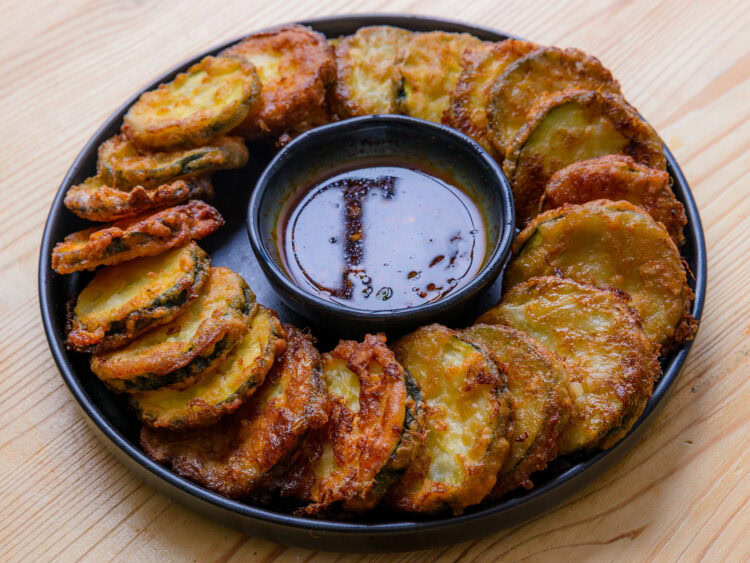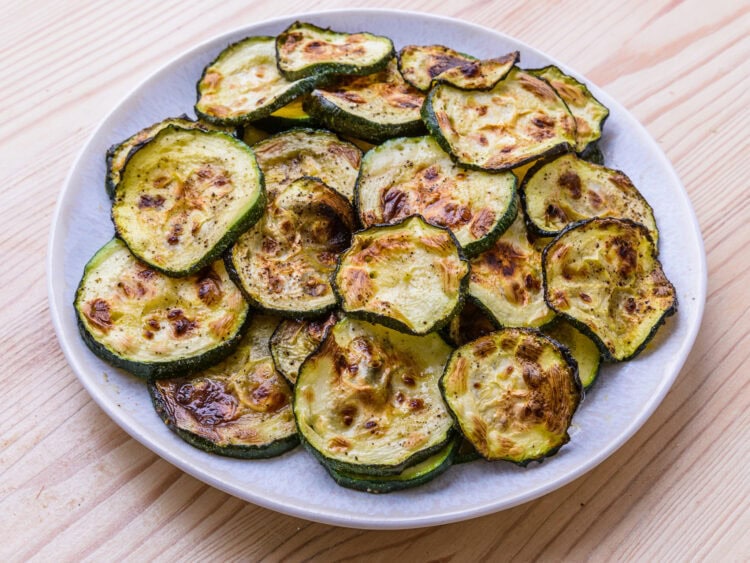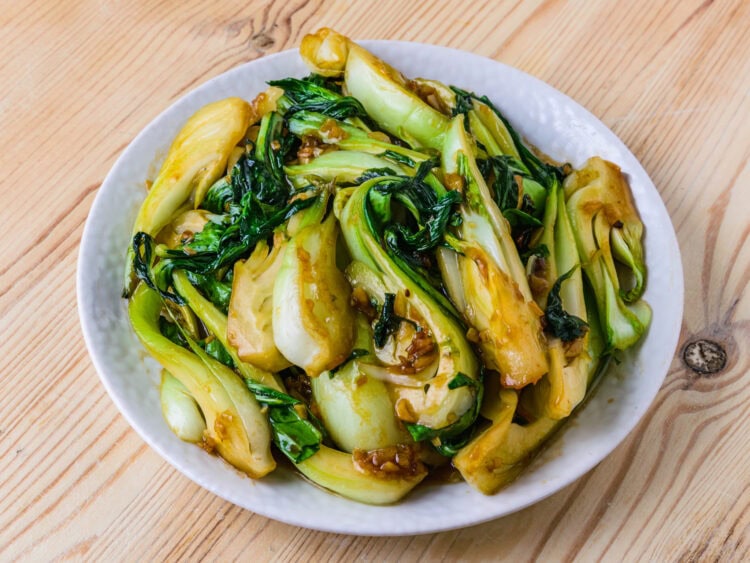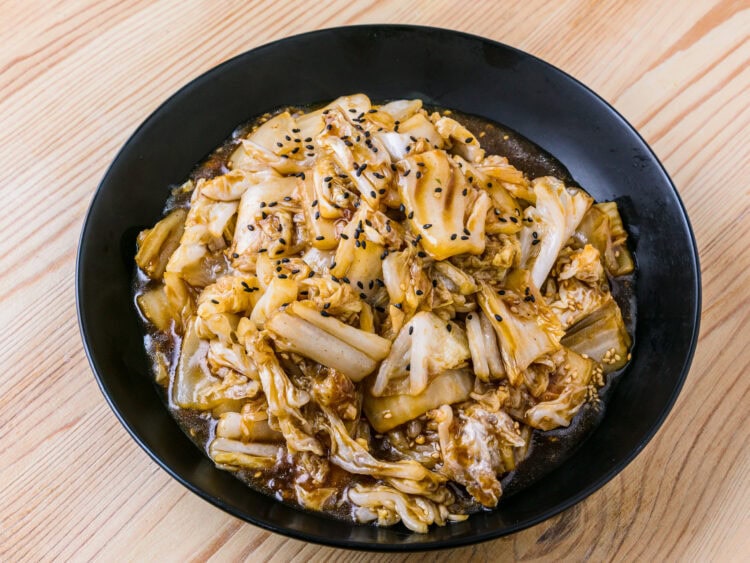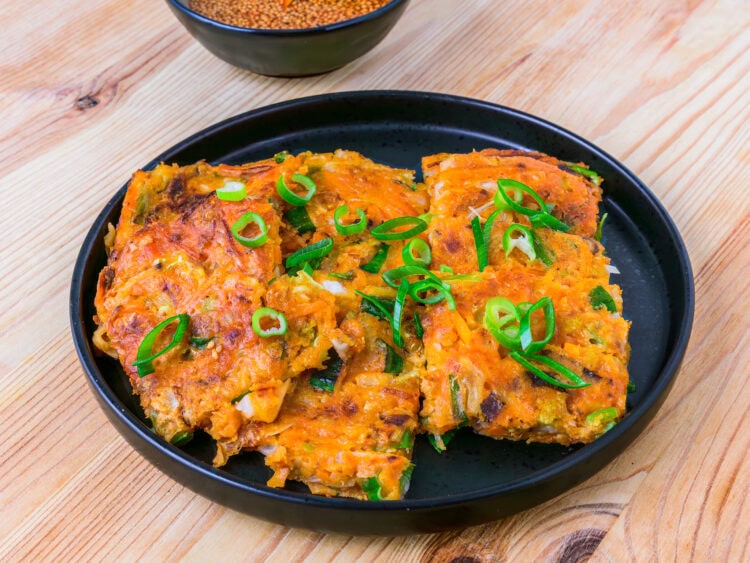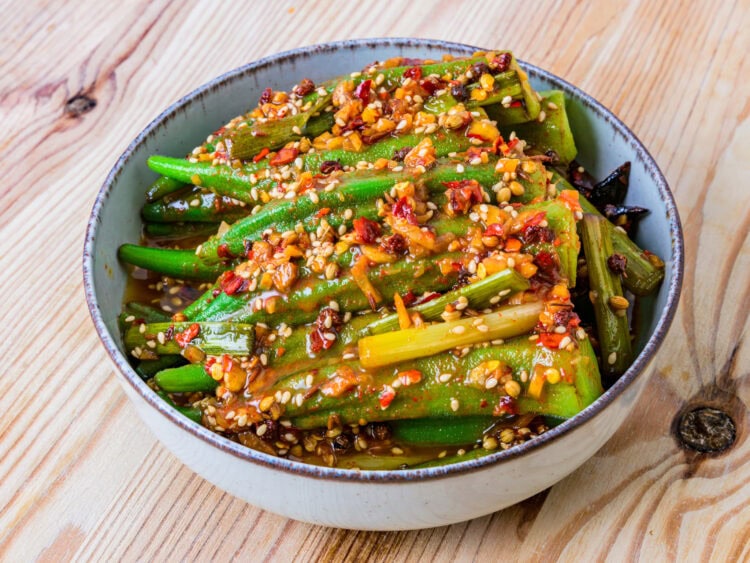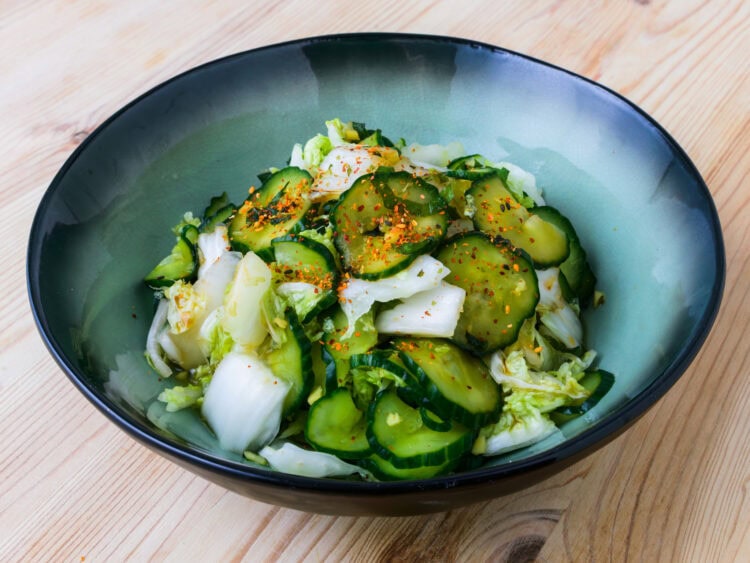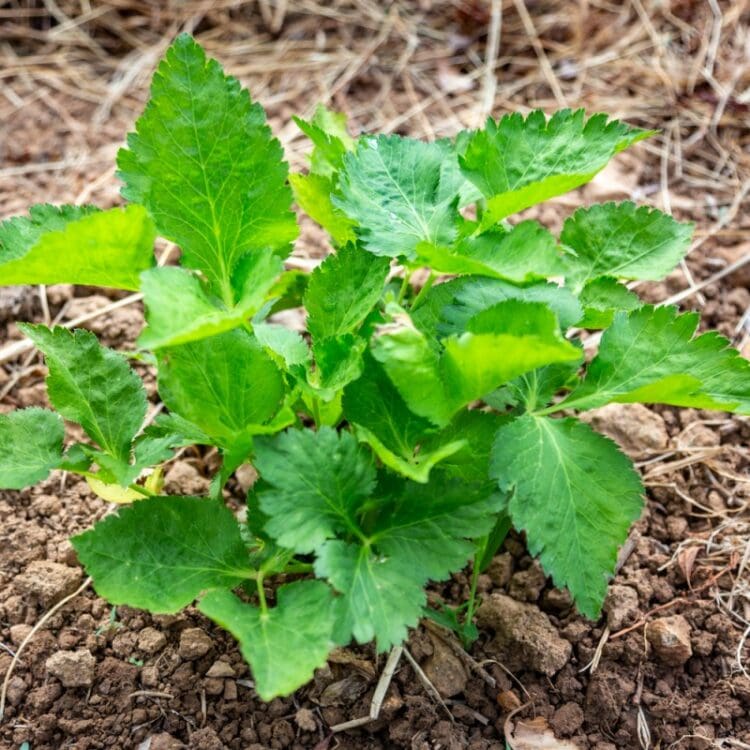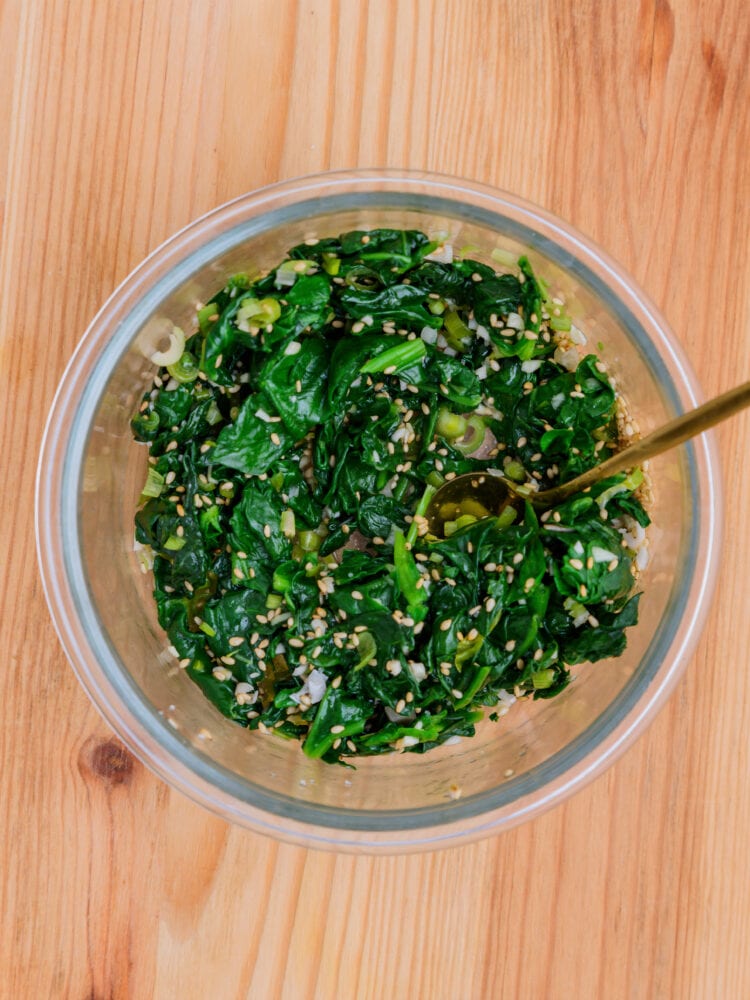Crisp on the outside and irresistibly tender within, these Korean zucchini fritters come with a fragrant, gently spicy dipping sauce “Pshht!”—the gentle hiss when egg meets a hot pan says it all. A whiff of seared egg, the fresh green scent of zucchini, the promise of an airy pancake. For […]
Vegetables
Air Fryer Eggplant
A delicious air-fried breaded eggplant recipe that will delight your guests Slide out the basket of the air fryer and the kitchen fills with a nutty aroma—think hazelnut—from the breaded eggplant. A gentle crackle evokes deep-frying, even though the slices get only a mist or a thin drizzle of oil, nowhere near an oil bath. […]
Air Fryer Zucchini
A quick and easy air fryer zucchini recipe The door of the air fryer clicks shut, the machine starts to hum, and within minutes, the kitchen fills with the subtle aroma of roasted olive oil and summer zucchini. What comes out looks like a bowl of mini “chips” with emerald-green […]
Restaurant-style garlic sautéed pak choi
A traditional recipe for simple, Chinese-restaurant-style sautéed pak choi. Pak choi appears throughout Asian cuisine in many different forms. One of its main roles, like stir-fried Chinese cabbage, is as a stand-alone side dish. Serve it during a lavish Chinese New Year feast or alongside a hearty plate of beef […]
Takeout-Style Stir-Fried Napa Cabbage
A delicious stir-fried Chinese cabbage that’s even better than what you’d get in a restaurant This stir-fried Chinese cabbage is the perfect side for all your Asian dishes, and especially your Chinese dishes, because it’s a staple on restaurant tables. The aim of this simple Asian stir-fried cabbage is to […]
Korean Vegetable Pancakes – Yachaejeon
Quick and easy vegetable pancakes to make the most of spring! Even though we haven’t been able to make the most of this pre-summer period, I’ve come up with a recipe that will give us all the taste of spring that we haven’t had this year! On the menu: pancakes […]
Sichuan Okra Salad
A flavorful Sichuan-style Okra Salad to spice up your summer meals Okra – or gombo, if I trust the poll we held in the group earlier this week – is a divisive vegetable. Some see it as the earthly incarnation of the God of Bad Texture; others, for the very […]
Japanese Cabbage Salad
A delicious Japanese cabbage salad that’s better than your favorite restaurant’s There are several schools of thought when it comes to making cabbage salad, from a simple vinaigrette to a quick maceration to full fermentation. Welcome to the fascinating world of Tsukemono, or Japanese pickled vegetables. What is Japanese cabbage […]
What Is Mitsuba?
It could almost be mistaken for parsley. Mitsuba, well-known in Japanese cuisine, has nothing to envy its western counterpart. I would even say it can be a beautiful discovery for herb enthusiasts! What Is Mitsuba? “Mitsuba” literally means “three leaves” in Japanese. It is also sometimes called “Japanese wild parsley”, […]
Sigeumchi Namul – Korean Sesame Spinach
Korean cuisine, renowned for its diversity and richness in flavors, offers a variety of dishes and side dishes that highlight fresh and natural ingredients. Among these, Sigeumchi Namul stands out as an essential banchan (side dish) (more specifically, it’s what’s called a Namul), appreciated for its simplicity, flavor, and health […]
